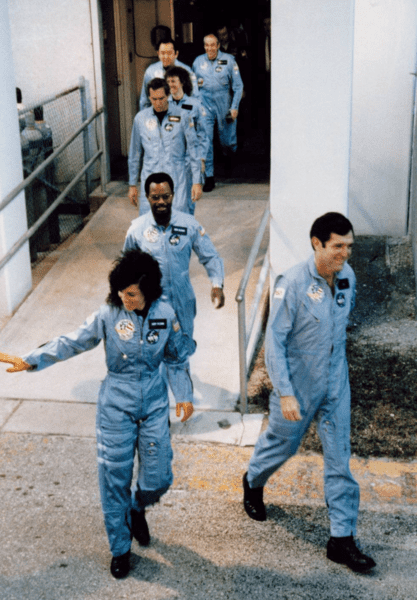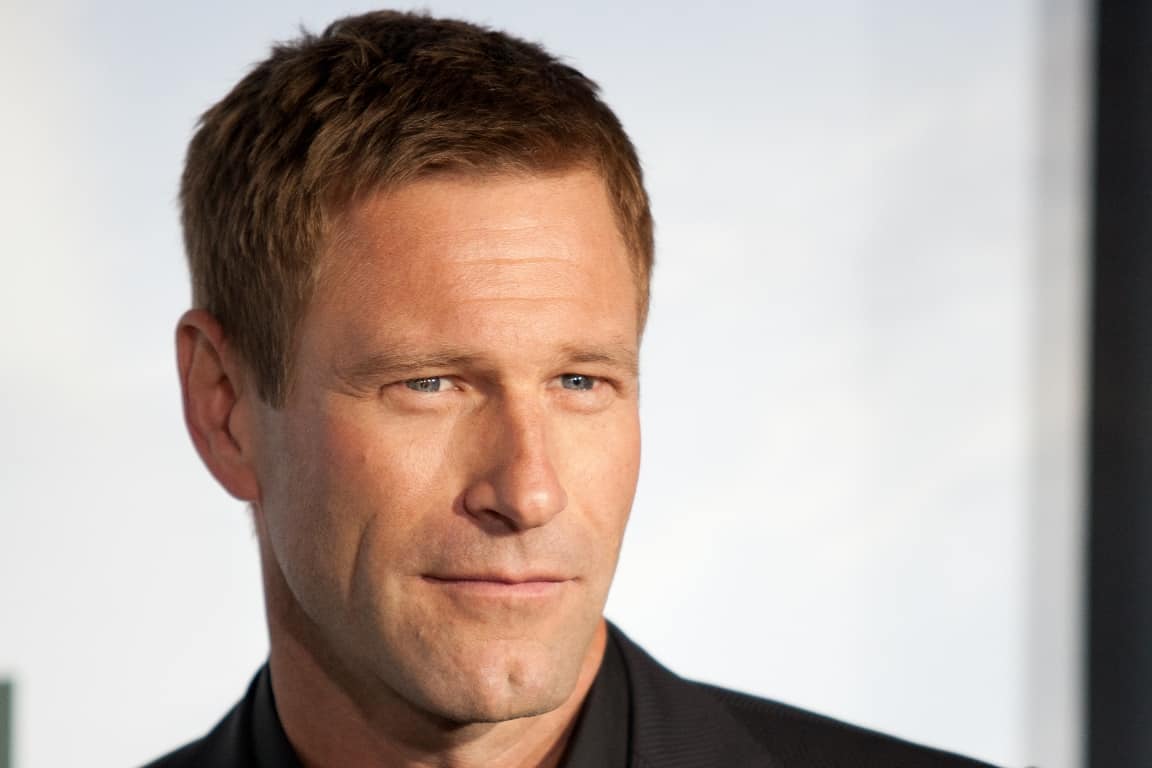12 Weird Genres of Music That Will Have You Scratching Your Head
2. Lowercase
This genre of music was created by minimalist artist Steve Roden in the late 80s. It only came to prominence in 2001 when Roden released the album Forms of Paper. The sounds on the album were created by Roden recording himself folding paper and rubbing it on the microphones he had set up. He used the pages from a book of German poetry and then manipulated the soundbites, creating an extreme genre of ambient and electronic music. It really is a trip to listen to (it’s one single 53-minute song) and is unlike anything you will have heard before. In the words of Roden, “It bears a certain sense of quiet and humility; it doesn’t demand attention, it must be discovered… It’s the opposite of capital letters–loud things which draw attention to themselves.”
The lowercase moment has influenced a number of musicians, including Richard Chartier, Bernhard Günter, Jason Lescalleet, and Taylor Deupree. In terms of weird genres of music, it doesn’t get much weirder.
3. Folktronica
What do you get when you merge folk music with electronica? Folktronica! This genre came to life in the 90s and merges acoustic sounds with electronic, hip-hop, and dance beats. Depending on what you read, the general consensus amongst music nerds is that British group Ultramarine is responsible for this eclectic genre. Their 1991 album Every Man and Woman is a Star incorporates traditional instruments with electronic productions and laid the groundwork for folktronica. It really gained traction in the early to mid-00s, with Four Tet’s Pause, Caribou’s The Milk of Human Kindness, and Boards of Canada’s The Campfire Headphase all notable albums that helped push the genre into the mainstream. Even Madonna’s American Life album was influenced by folktronica.
4. Medieval Folk Rock
While not so popular in today’s era of streaming services, medieval folk-rock had a cult following in the 60s and 70s. The genre is characterized by rock bands incorporating renaissance and baroque soundscapes into their music. Think lots of extended solos and baroque-style vocals. There were no electronic instruments, just your classic guitars, bass, and drums, along with woodwind and string instruments.




















